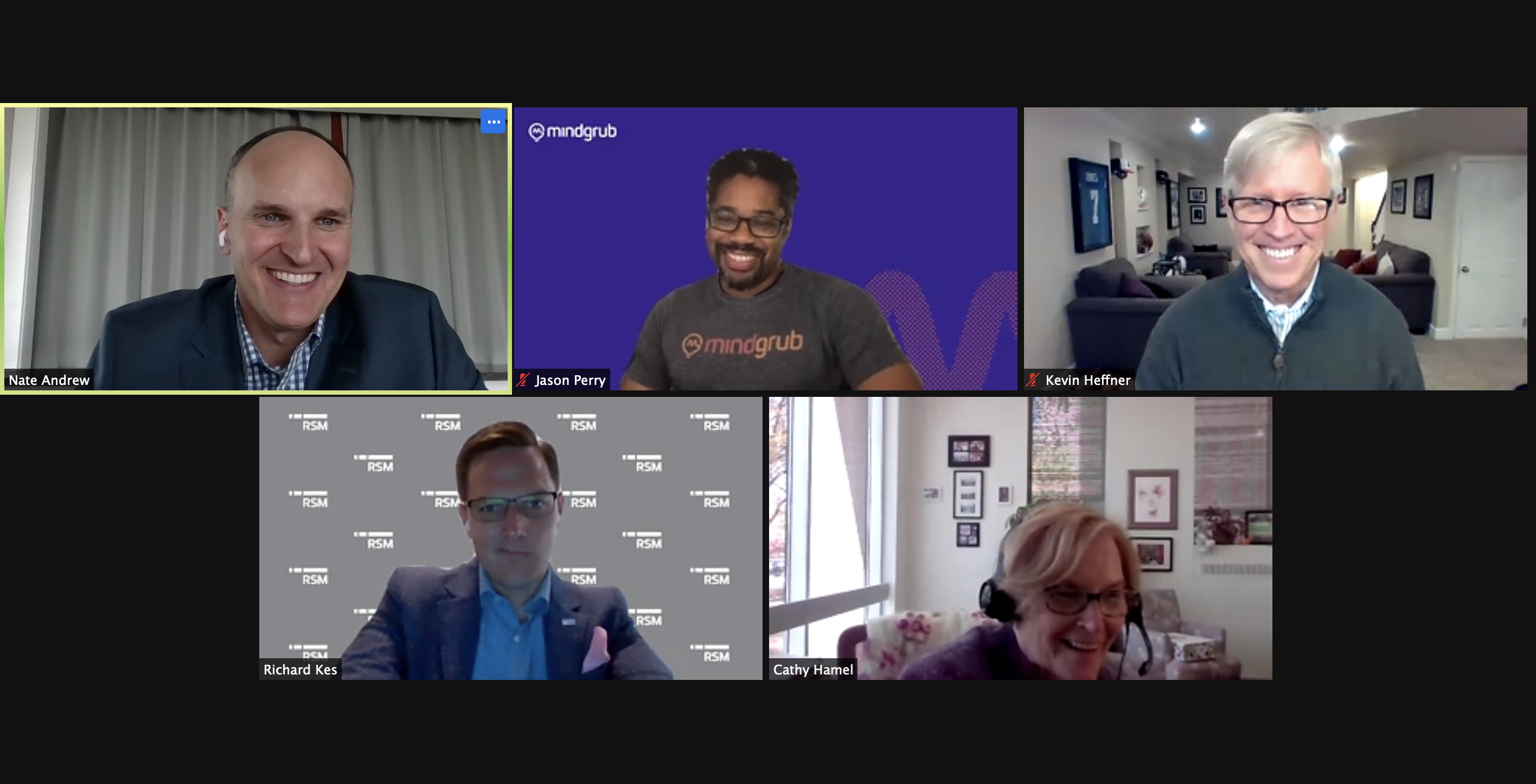The Future of Healthcare is at Home [webinar recap]

While the onset of the COVID-19 pandemic undoubtedly exacerbated many of the weaknesses in the U.S. healthcare system, it also highlighted the potential value of delivering more healthcare in the home—especially for our country’s growing senior population.
Whether delivered via the remote, consistent monitoring of chronic diseases, telehealth visits with specialists, or virtual wellness programming, home care has been proven to improve outcomes for seniors, their families, and the communities in which they live.
While the benefits of moving care from clinical settings to the home are well-documented, facilitating this shift on a macro level will require individuals and organizations throughout the care continuum to create new, coordinated healthcare delivery models—many of which will be powered by emerging technologies.
Moderated by Nate Andrew, Director of Technology Risk Consulting with RSM U.S. our experts discuss how the pandemic has changed the future of aging and how innovations in home care can improve health outcomes for seniors.
Our panel of experts:
- Cathy Hamel, President of Gilchrist Hospice Care,
- Kevin Heffner, President & CEO of LifeSpan Network,
- Rick Kes, Health Care Partner of RSM U.S.
- Jason Perry, CTO of Mindgrub
We’ll discuss:
- The major differences between healthcare delivery—and senior care, specifically—before and after the onset of COVID-19
- The health and financial benefits of home healthcare for seniors, their families, providers, and communities
- How clinical professionals, advocacy groups, senior living communities, academic institutions, and healthtech leaders can collaborate to overcome challenges related with an at-home care model
- The role of technology in facilitating proactive, ongoing, connected care experiences at home (and making healthcare in general more accessible, effective, scalable, and equitable)
- How innovators can address potential concerns about home care delivery and drive lasting change
Watch the full recording below, or scroll down for a guide to some particularly insightful topics.
Healthcare after COVID: what the accelerating trend of home healthcare means for patients, providers, caregivers, technologists, and communities
Highlights:
3:55 | Panelists describe the past year in healthcare with one word.
9:10 | How is technology pushing the healthcare industry forward? For the first time, people who have never used technology to communicate with health professionals, are now able to do so.
15:37 | Trends and challenges in the home healthcare industry. How has the COVID-19 crisis accelerated some of those trends?
16:39 | What is technology’s place in healthcare?
22:49 | How are new innovations in home healthcare changing the way patients are treated?
26:50 | What are some of the challenges home healthcare pioneers are experiencing?
37:03 | Necessity is the driver of innovation. What is the role of technology in facilitating proactive, ongoing, connected care experiences at home?
39:50 | We know that technology will be a part of the solution moving forward, it’s about when and what those technologies will be. Home healthcare is the future of healthcare.
46:40 | How can we ensure that rural patients have equitable access to telehealthcare?
50:10 | Q+A: What source of useful data or technology are available to help providers actually capture, digest and plan for doing more than just providing generalized behavioral health services but in fact, providing services based on identified needs (data) of their client base?
54:27 | Q+A: Do you think the near future holds a more brisk step to encourage providers to move into a provider and payer model?
Looking to dive deeper into some of the topics we discussed? Check out these additional resources:
- Our work with PTC Therapeutics
- Our work with ArmadaHealth
- Tips for Marketing Your Telehealth Offerings
Learn more about Mindgrub’s work with leading healthcare organizations here or connect with John Rainey, Engagement Director, Health, BioTech, and Life Sciences to discuss how technology can facilitate a better home care experience.

